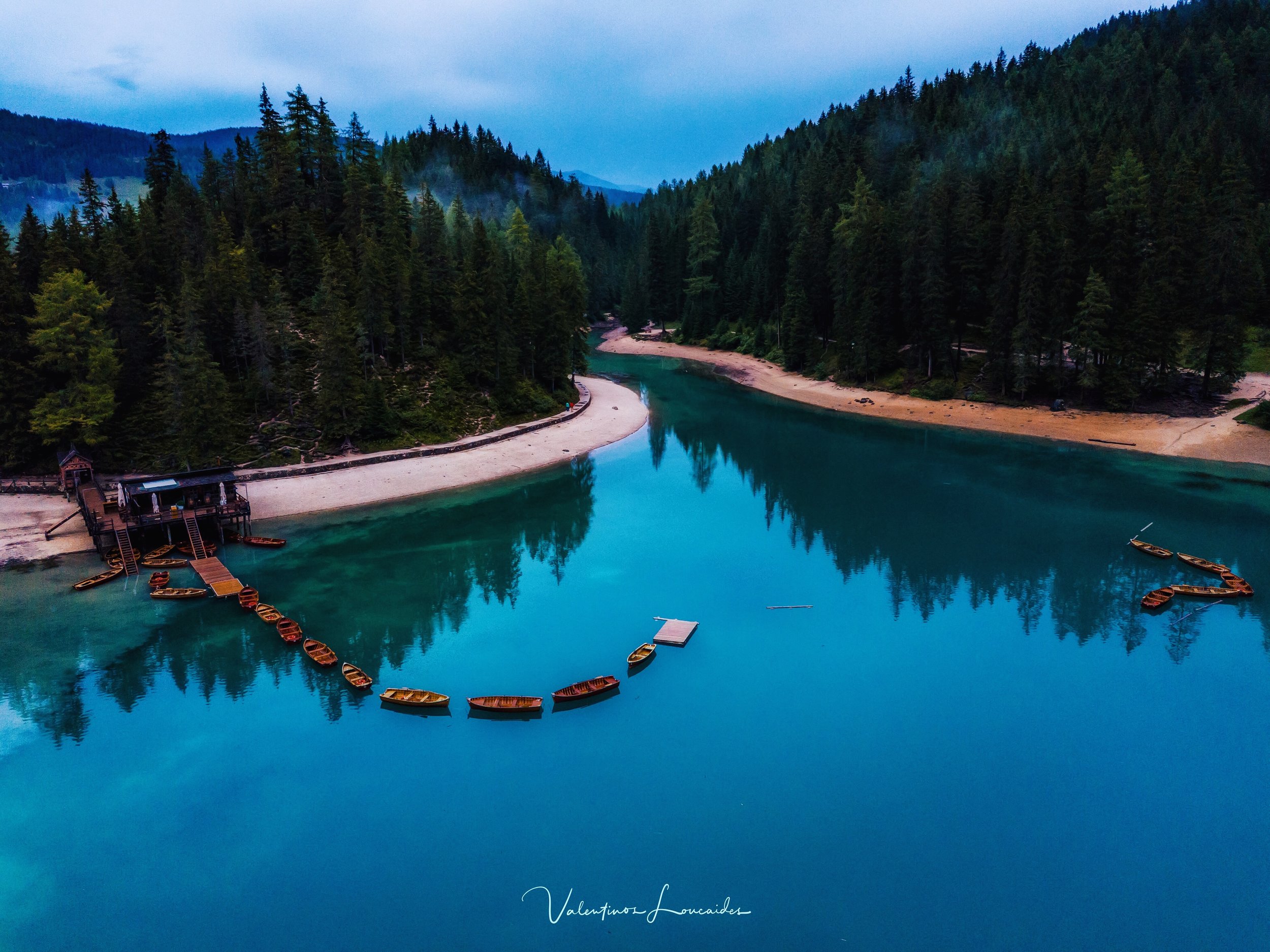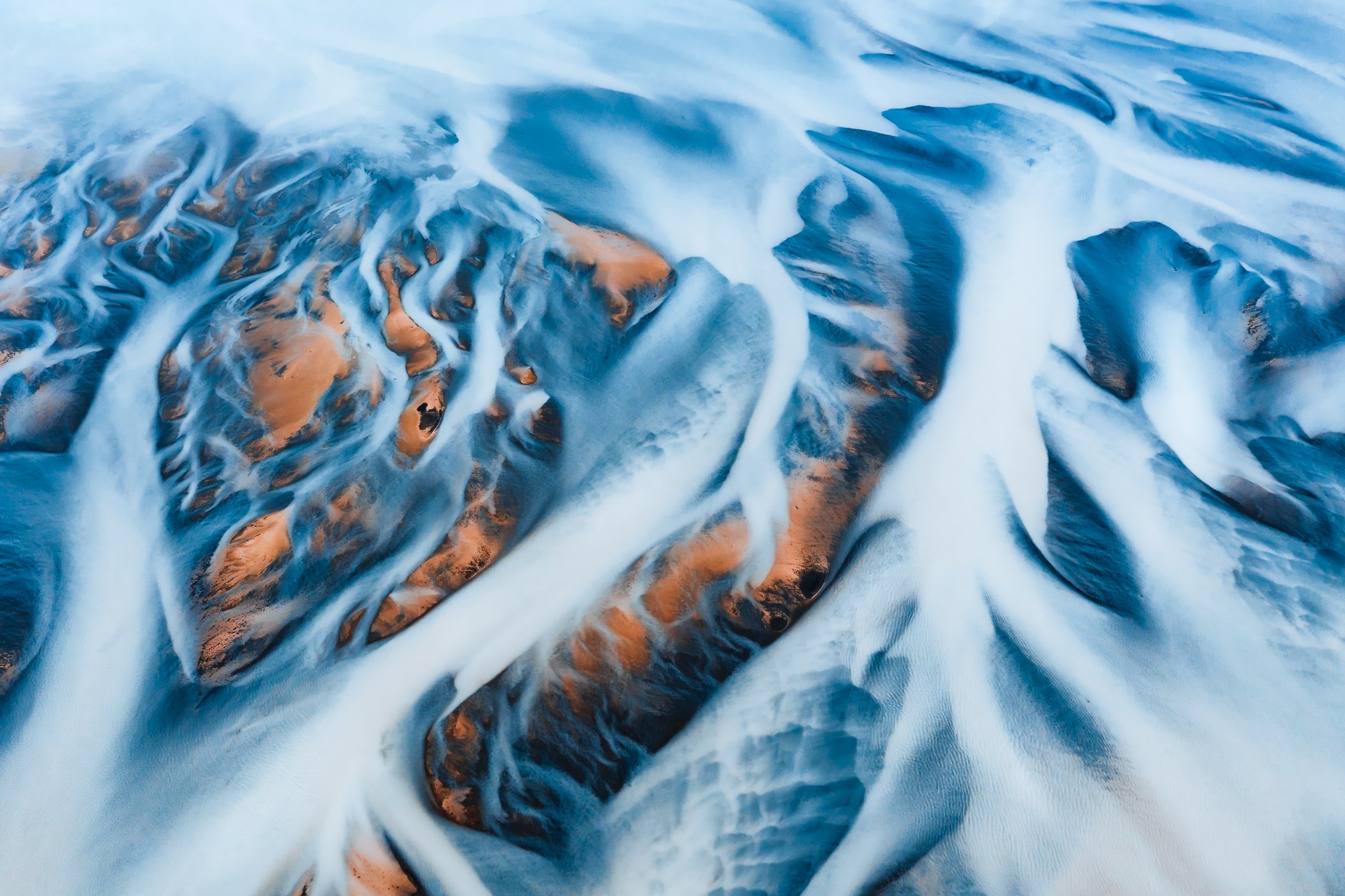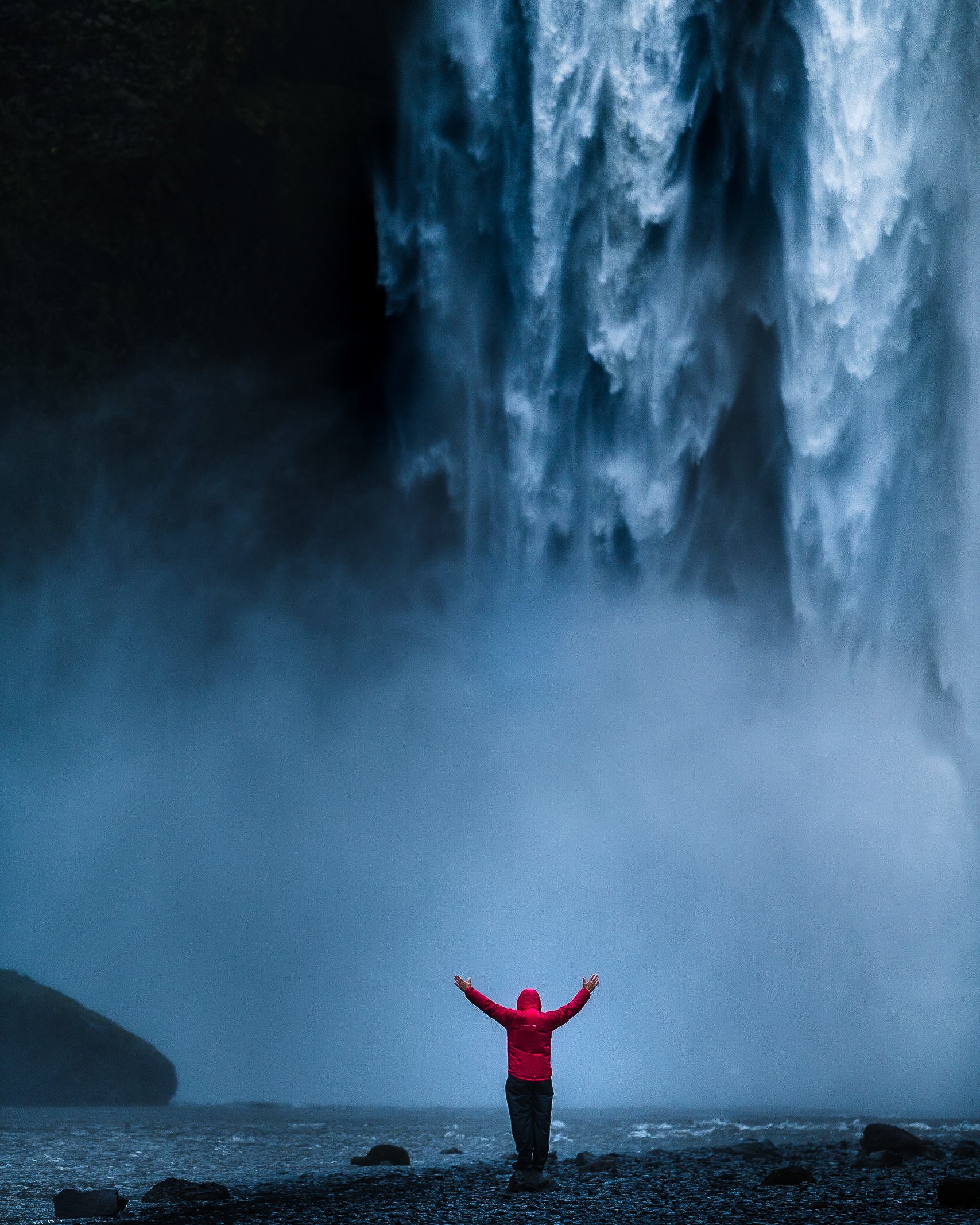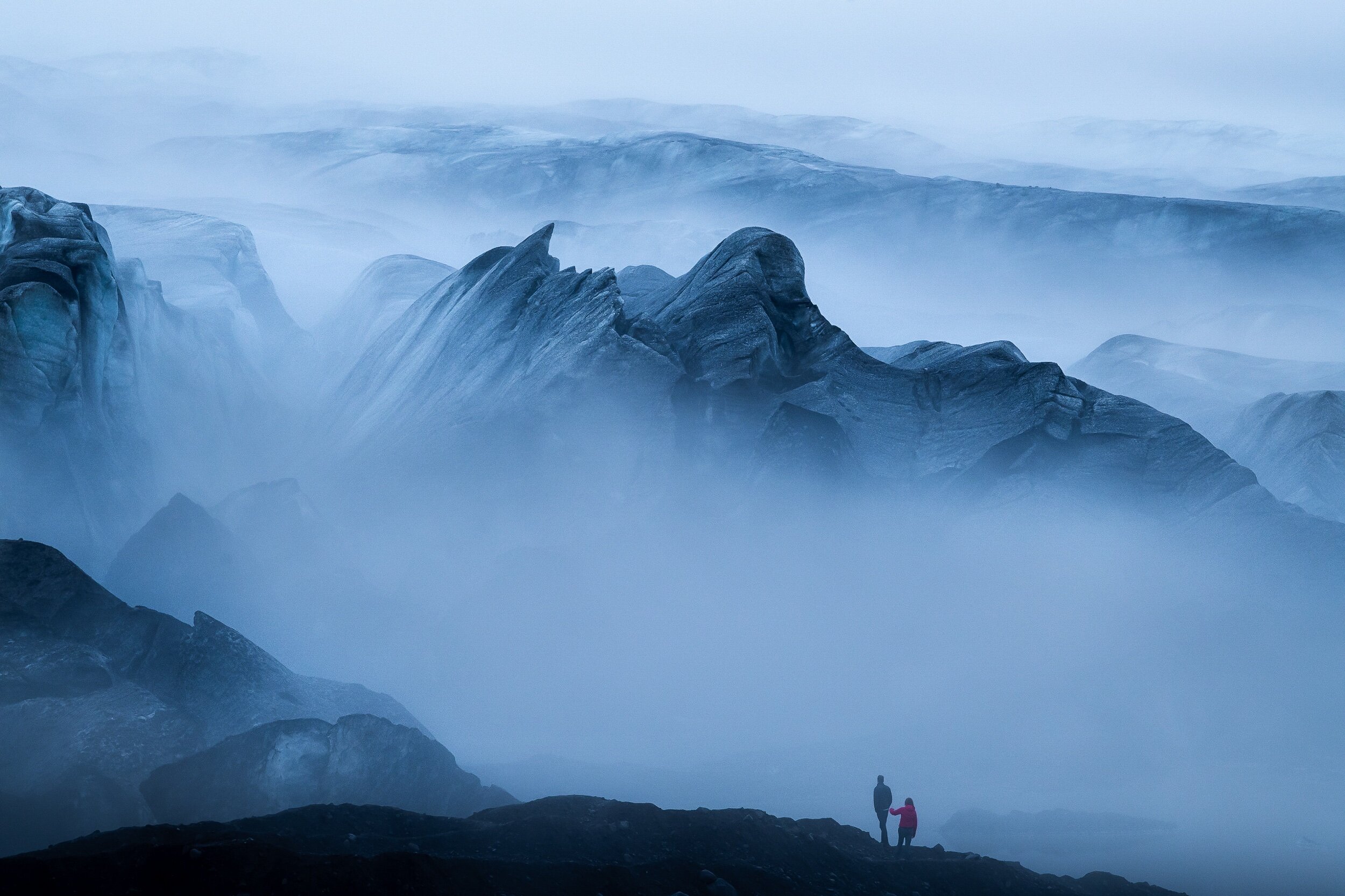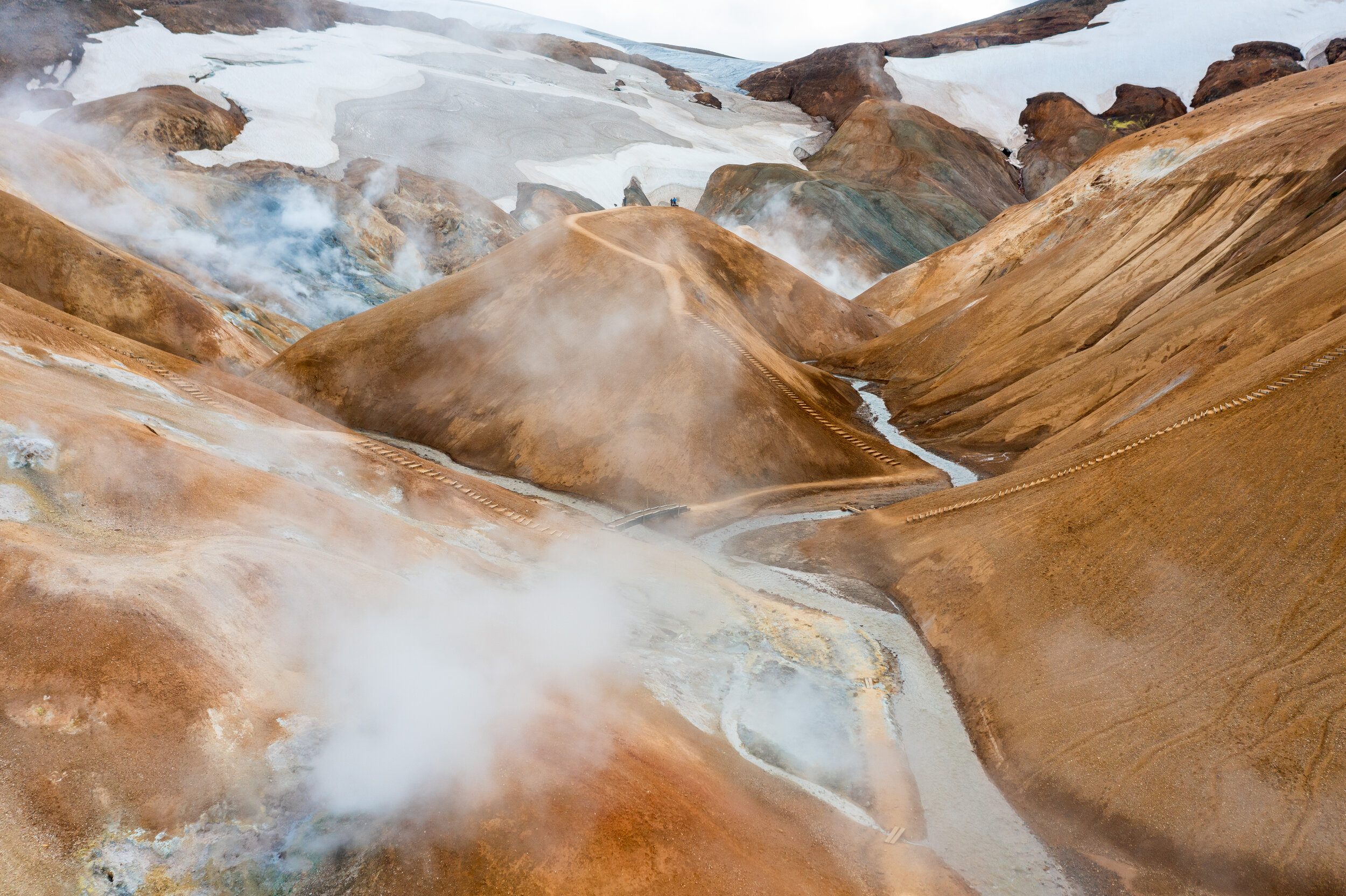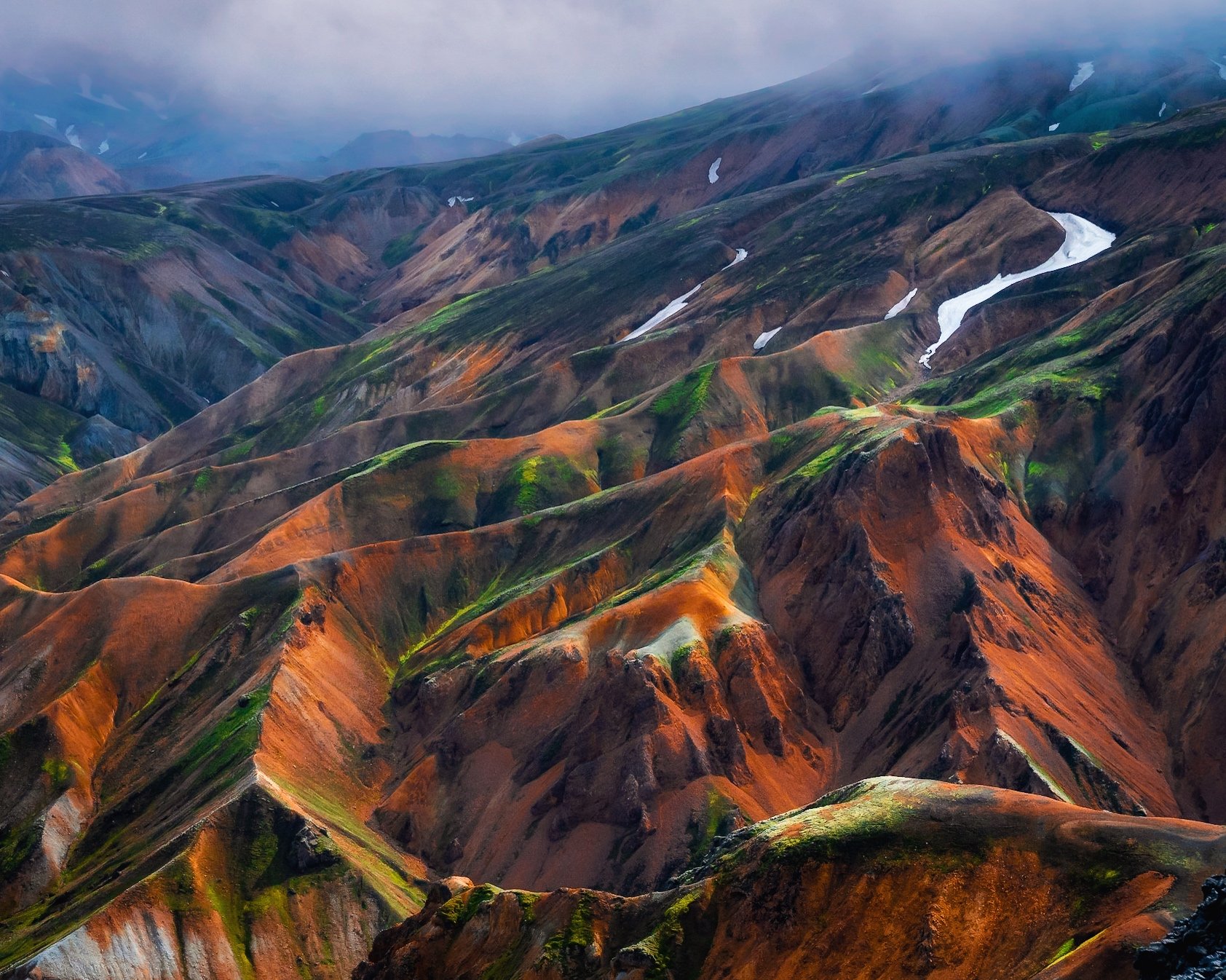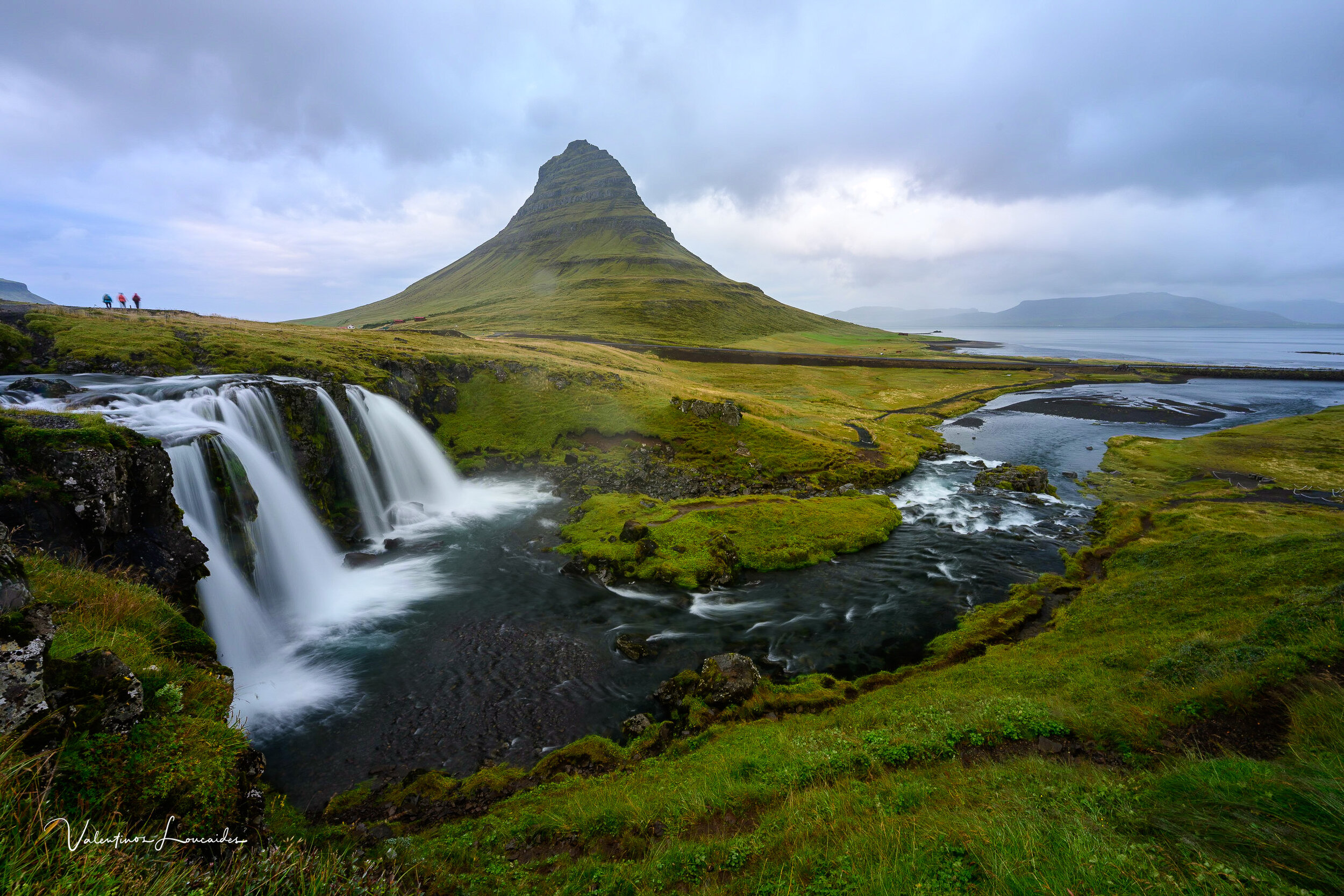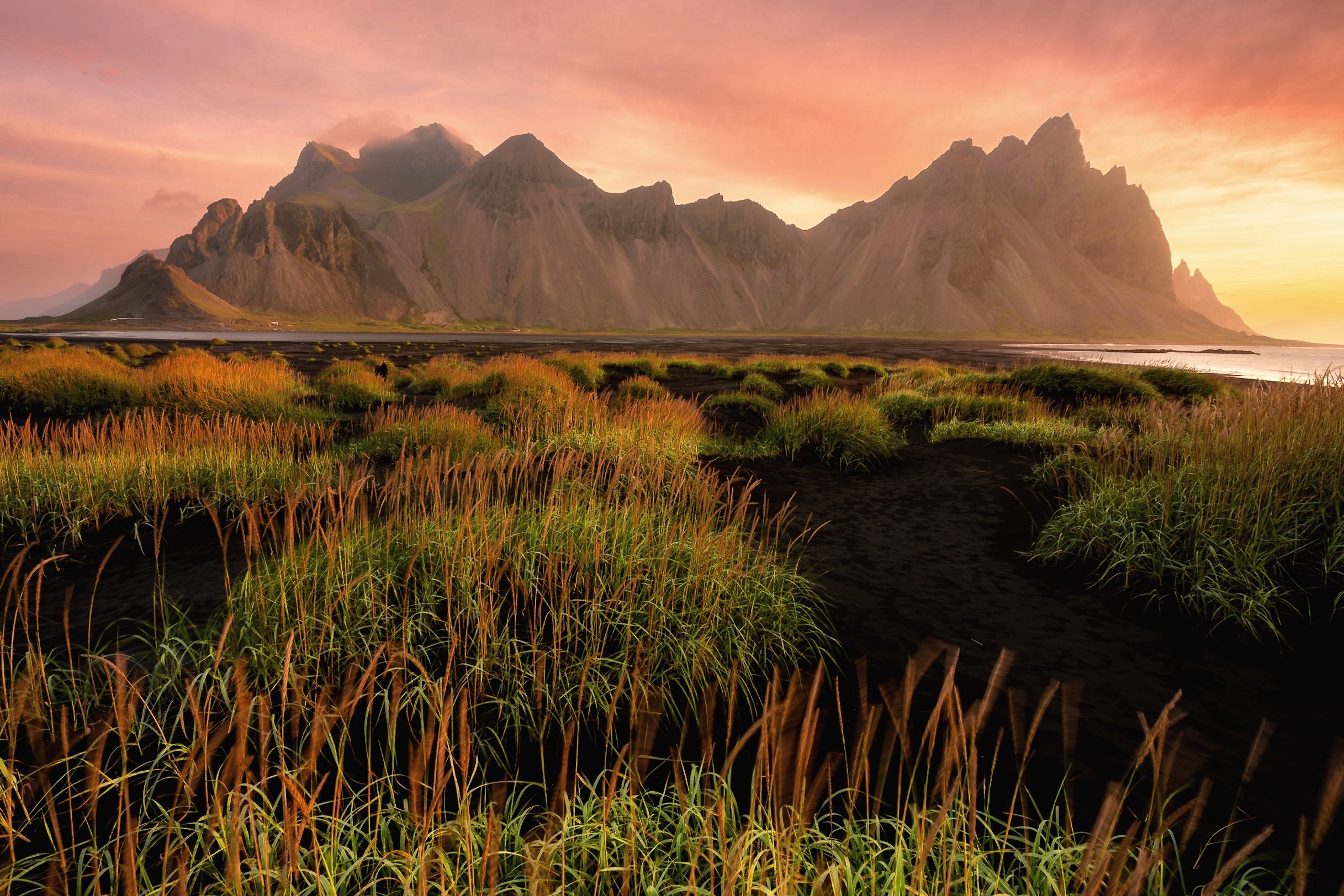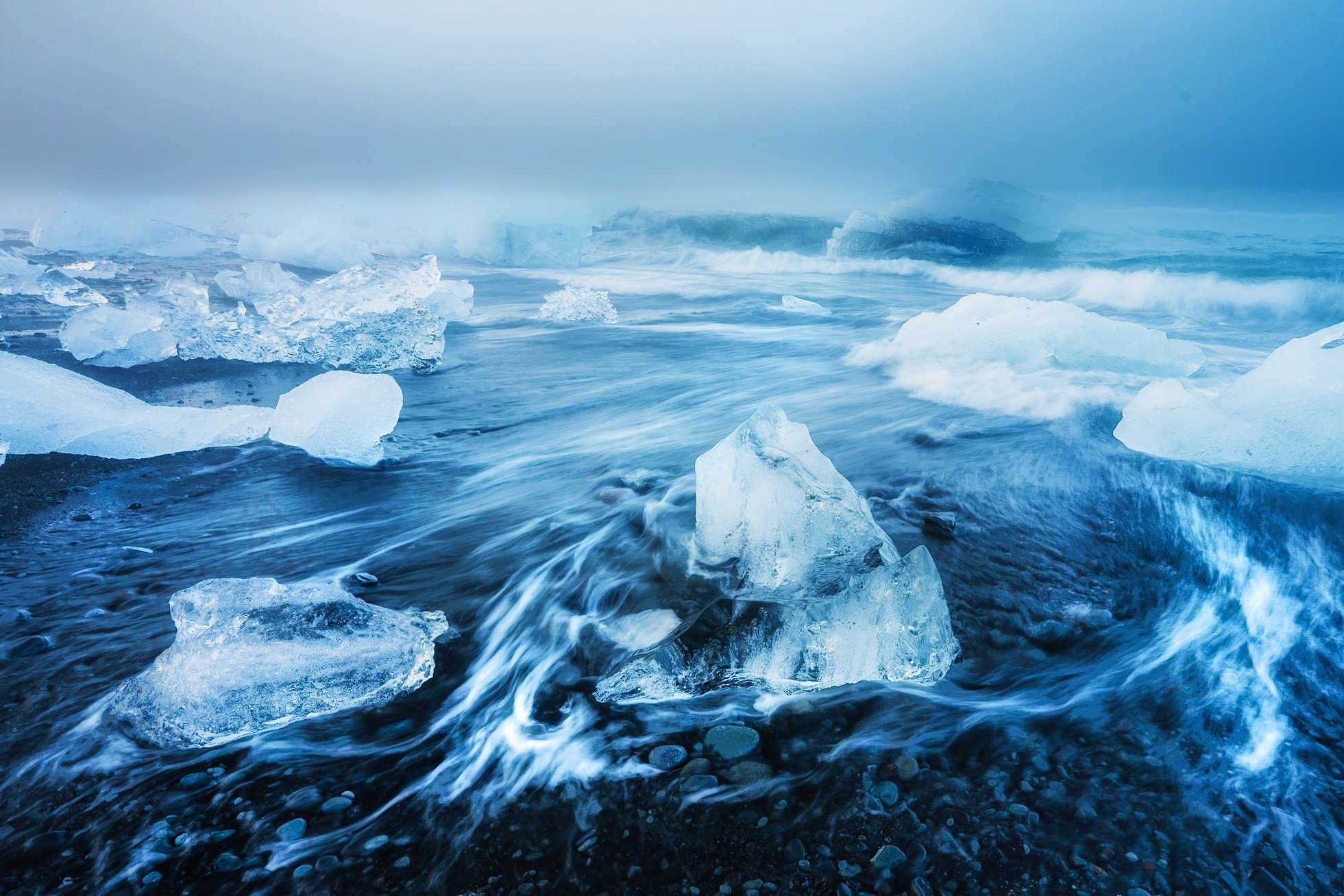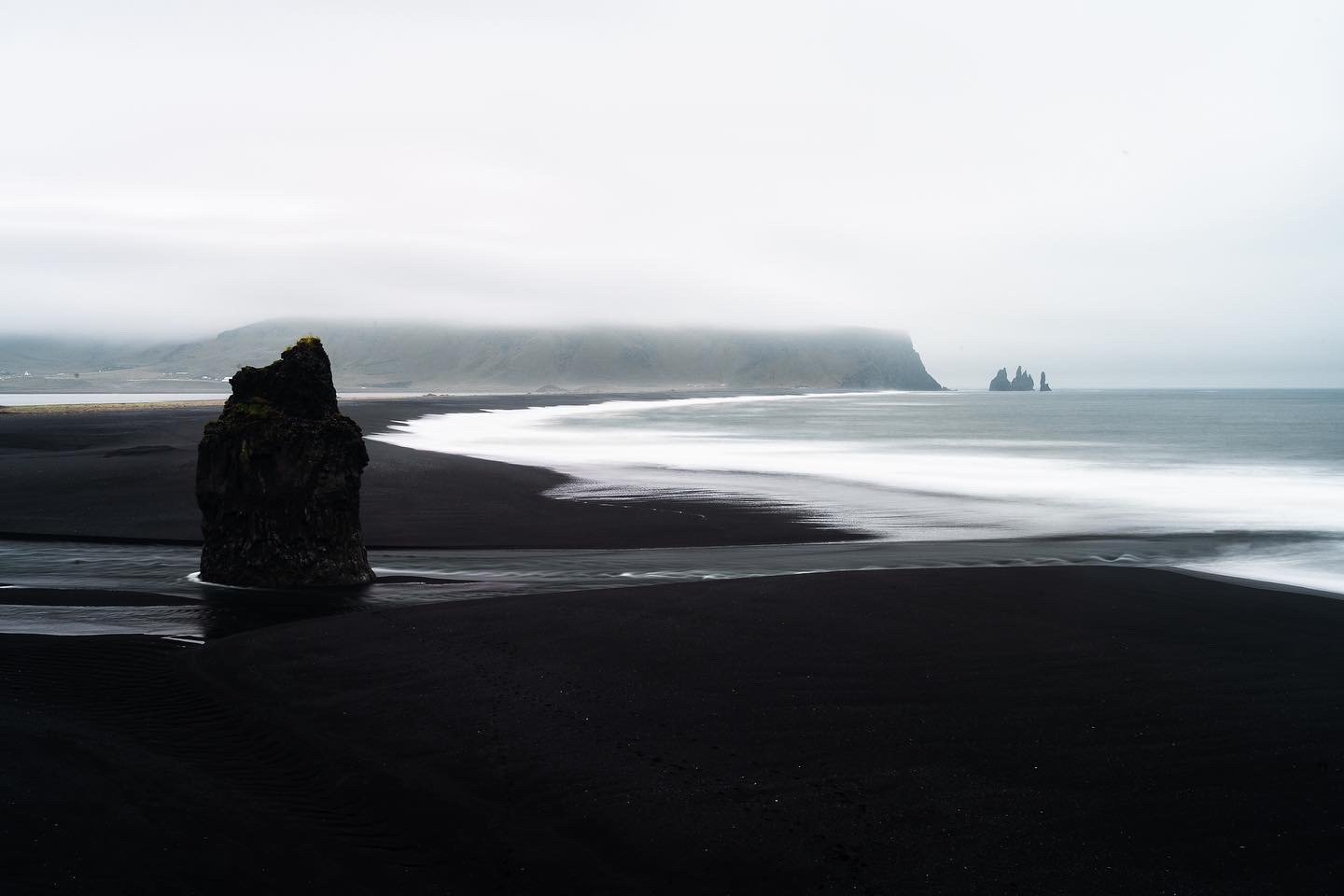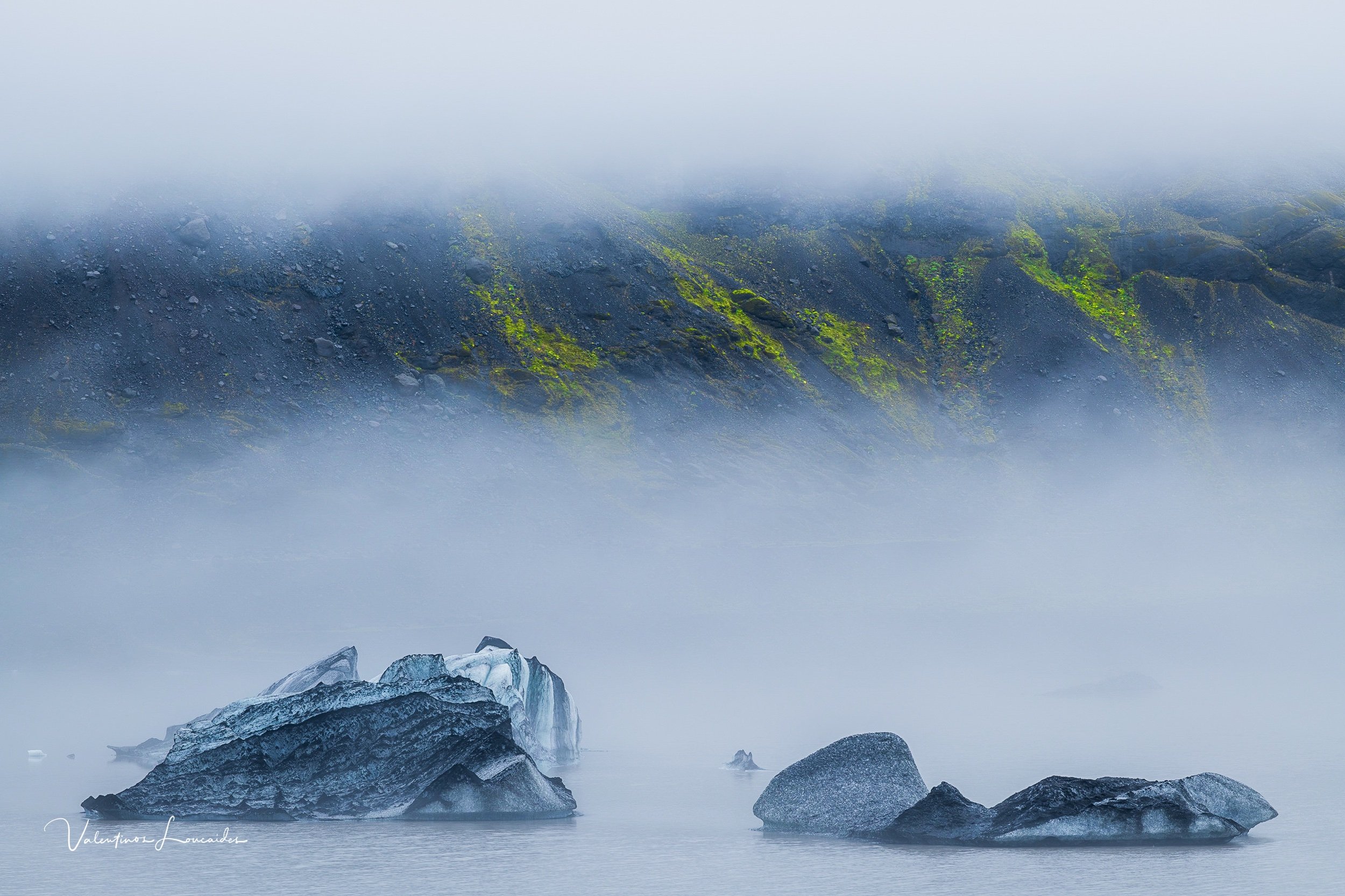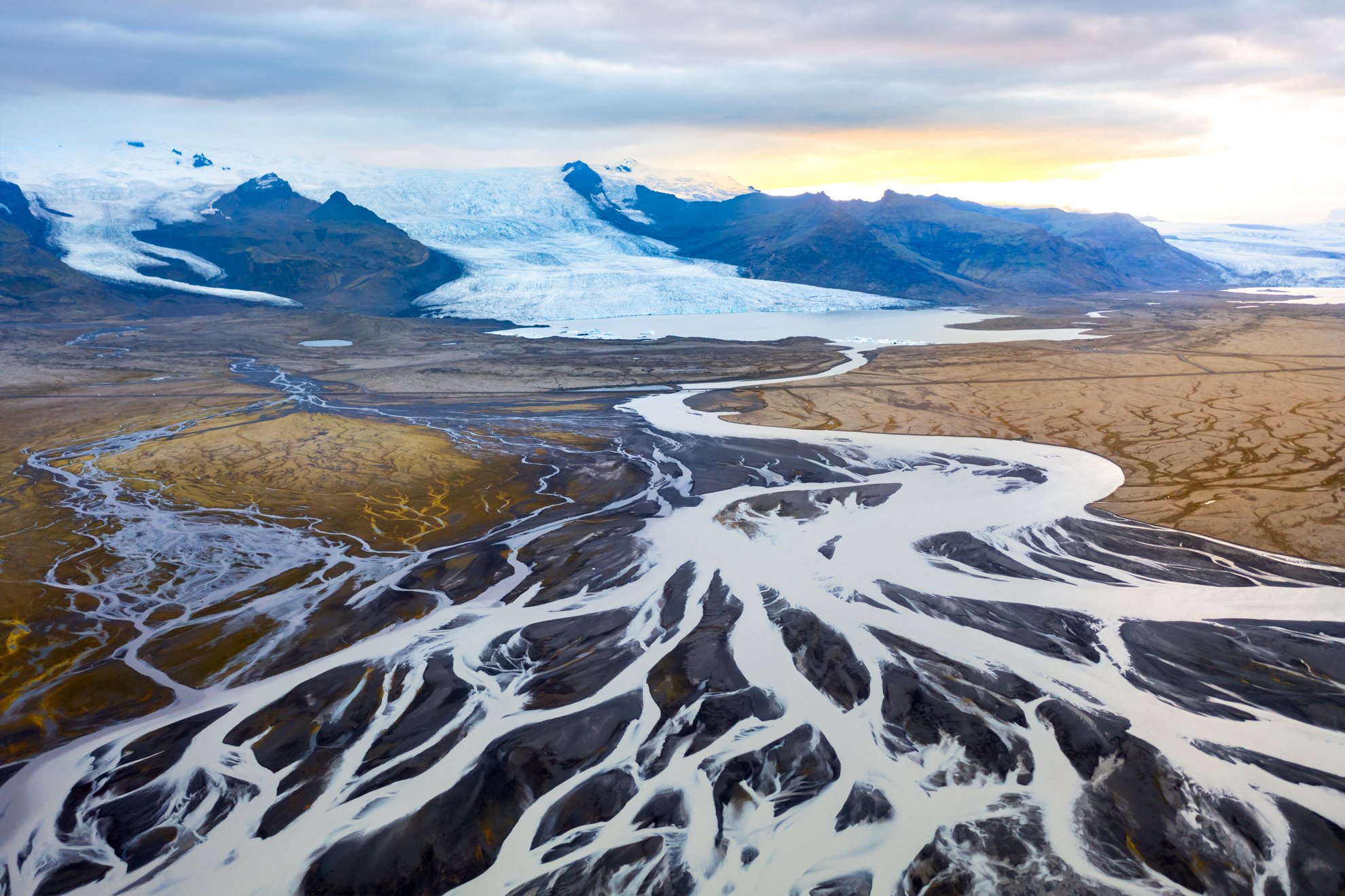The Best Landscape Photography Filters: Kase Magnetic Line
Landscape photography is an art form that requires patience, skill, and the right tools to capture stunning images. Filters play a crucial role in this genre of photography, as they help to enhance the colors, contrasts, and details of the scene. With so many options available, it can be overwhelming to choose the best filters for your landscape photography. In this article, we will take a closer look at the Kase Magnetic Line filters and why they are considered to be the best filters for landscape photographers.
What are Kase Magnetic Line Filters?
Kase Magnetic Line filters are a new generation of filters that offer a revolutionary way of using filters in landscape photography. Unlike traditional screw-on or clip-on filters, Kase Magnetic Line filters use strong neodymium magnets to attach to the front of your lens, making it quick and easy to change filters on the fly. The filters themselves are made from high-quality optical glass and have a multi-layer coating to ensure sharp images with minimal color cast.
The Advantages of Kase Magnetic Line Filters
Quick and Easy Filter Changes
One of the biggest advantages of Kase Magnetic Line filters is the speed and ease with which you can change filters. With traditional screw-on or clip-on filters, you often have to unscrew the filter, put it in your bag, take out the next filter, and screw it back on. With Kase Magnetic Line filters, all you have to do is hold the filter in front of the lens and the strong magnet will attach it in an instant. This makes it easy to switch between filters and capture the perfect shot, even in rapidly changing light conditions.
High-Quality Optical Glass and Coating
Another advantage of Kase Magnetic Line filters is the high-quality optical glass and coating. The filters are made from the best quality optical glass and have a multi-layer coating that helps to reduce reflections and minimize color cast. This results in sharp, clear images with accurate colors and contrasts, making them perfect for landscape photography.
Strong Neodymium Magnets
The strong neodymium magnets used in Kase Magnetic Line filters are another reason why they are considered the best filters for landscape photography. The magnets are incredibly strong, so you can be sure that your filters will stay in place, even in windy conditions. The magnets are also easy to clean, so you don't have to worry about getting dirt or debris on your lens or filters.
The Different Types of Kase Magnetic Filters
Kase Magnetic Filters are available in a variety of styles and types to suit different needs and preferences. These filters can be divided into three main categories: circular, square, and rectangular. Each of these types of filters offers unique advantages and disadvantages, which will be discussed in detail below.
Circular Kase Magnetic Filters
Circular Kase Magnetic Filters are the most popular type of filter among photographers. They are easy to use and versatile, making them a great choice for photographers of all levels. Circular filters attach to the lens with a magnetic ring, making it quick and simple to change filters as needed. They are also small and lightweight, making them easy to carry with you when you're out taking photographs.
One of the main benefits of circular filters is that they can be used with different lens sizes, thanks to the magnetic ring. This means that you don't need to purchase a new filter for each lens that you own, making circular filters a cost-effective option.
Square Kase Magnetic Filters
Square Kase Magnetic Filters are a great choice for landscape and architectural photographers. They are more rigid than circular filters and are held in place using a special holder. Square filters are available in a variety of sizes, so it's easy to find one that fits your lens.
One of the main benefits of square filters is that they can be stacked together to create multiple effects. This makes square filters a great option for photographers who want to get creative with their landscapes. For example, you can use a neutral density filter to reduce the amount of light entering the lens, and then add a polarizing filter to enhance the sky and reduce reflections.
Rectangular Kase Magnetic Filters
Rectangular Kase Magnetic Filters are a great choice for those who want the versatility of circular filters combined with the stability of square filters. They are held in place using a special holder and are available in a variety of sizes to fit different lenses.
One of the main benefits of rectangular filters is that they can be used with a variety of lens sizes, just like circular filters. Additionally, rectangular filters offer more surface area than circular filters, making them a great option for those who need to control light in larger areas.
The Benefits of Using Kase Magnetic Filters
Kase Magnetic Filters offer a range of benefits that make them a great choice for landscape photographers. Some of the main benefits include:
Versatility
One of the main benefits of Kase Magnetic Filters is their versatility. These filters can be used with different lens sizes, making them a cost-effective option for photographers who own multiple lenses. Additionally, the different types of filters available - circular, square, and rectangular - offer different benefits, making it easy to find a filter that suits your needs.
Easy to Use
Kase Magnetic Filters are incredibly easy to use. The magnetic ring used to attach the filters to the lens makes it quick and simple to change filters as needed. This is particularly useful for landscape photographers who may need to change filters frequently.
Lightweight
Kase Magnetic Filters are lightweight, making them easy to carry with you when you're out taking photographs. This is particularly useful for landscape photographers who may need to carry a range of filters with them.
High Quality
Kase Magnetic Filters are made from high-quality materials, ensuring that they will last for years to come. The filters are also treated with a special coating to reduce reflections and improve image clarity.
The Importance of Using Filters in Landscape Photography
When it comes to capturing stunning landscapes, having the right tools can make all the difference. One such tool that is essential to any landscape photographer's kit is a set of high-quality filters. From reducing glare and enhancing colors to controlling exposure and adding creative effects, the right filters can help you turn an average photo into a work of art.
Understanding the Different Types of Filters
There are many different types of filters that you can use in landscape photography, including:
Polarizing filters: These filters are used to reduce glare and increase the saturation of colors in the scene. They are especially helpful when photographing water, skies, and foliage.
Neutral density filters: Neutral density filters help to reduce the amount of light entering the lens, allowing you to use a slower shutter speed or wider aperture without overexposing the shot. This is especially useful when shooting in bright conditions or when you want to create a smooth, dreamy effect in moving water.
Graduated neutral density filters: Graduated neutral density filters are similar to neutral density filters, but they have a gradient effect, with one half of the filter being darker than the other. This allows you to balance the exposure between the sky and the foreground, preventing either from being overexposed or underexposed.
UV filters: UV filters help to reduce the amount of ultraviolet light entering the lens, which can cause haze and loss of sharpness in your photos. They also provide a protective barrier for the front element of your lens.
Circular polarizing filters: Circular polarizing filters work in a similar way to polarizing filters, but they are designed to work with autofocus and metering systems, making them more versatile and user-friendly.
Why Kase Magnetic Line Filters are the Best Choice for Landscape Photographers
Of all the different types of filters available, Kase Magnetic Line filters stand out as the best choice for landscape photographers. Here's why:
Magnetic design: One of the standout features of Kase Magnetic Line filters is their magnetic design, which allows you to quickly and easily attach and remove them from your lens. This makes it easier to switch between different filters, saving you time and hassle on location.
High-quality materials: Kase Magnetic Line filters are made from high-quality materials, including German Schott glass and aircraft-grade aluminum, ensuring that they are durable, scratch-resistant, and long-lasting.
Versatile range: With a wide range of filters available, including circular polarizing filters, neutral density filters, and graduated neutral density filters, you can be sure that Kase Magnetic Line filters have a filter to suit your needs.
Great value: Despite their high-quality construction and versatile range, Kase Magnetic Line filters are competitively priced, making them an excellent value for landscape photographers.
How to Use Kase Magnetic Line Filters for Stunning Landscape Photography
Using Kase Magnetic Line filters to capture stunning landscapes is easy. Here are a few tips to help you get the most out of your filters:
Experiment with different types of filters: Try using different filters to see what effects they have on your photos. Play around with neutral density filters to slow down the shutter speed and create a dreamy effect in moving water, or use a circular polarizing filter to reduce glare and increase color saturation.
Use a tripod: When using filters, it's important to use a sturdy tripod to keep your camera steady. This will prevent camera shake and ensure that your photos are sharp and clear.




















